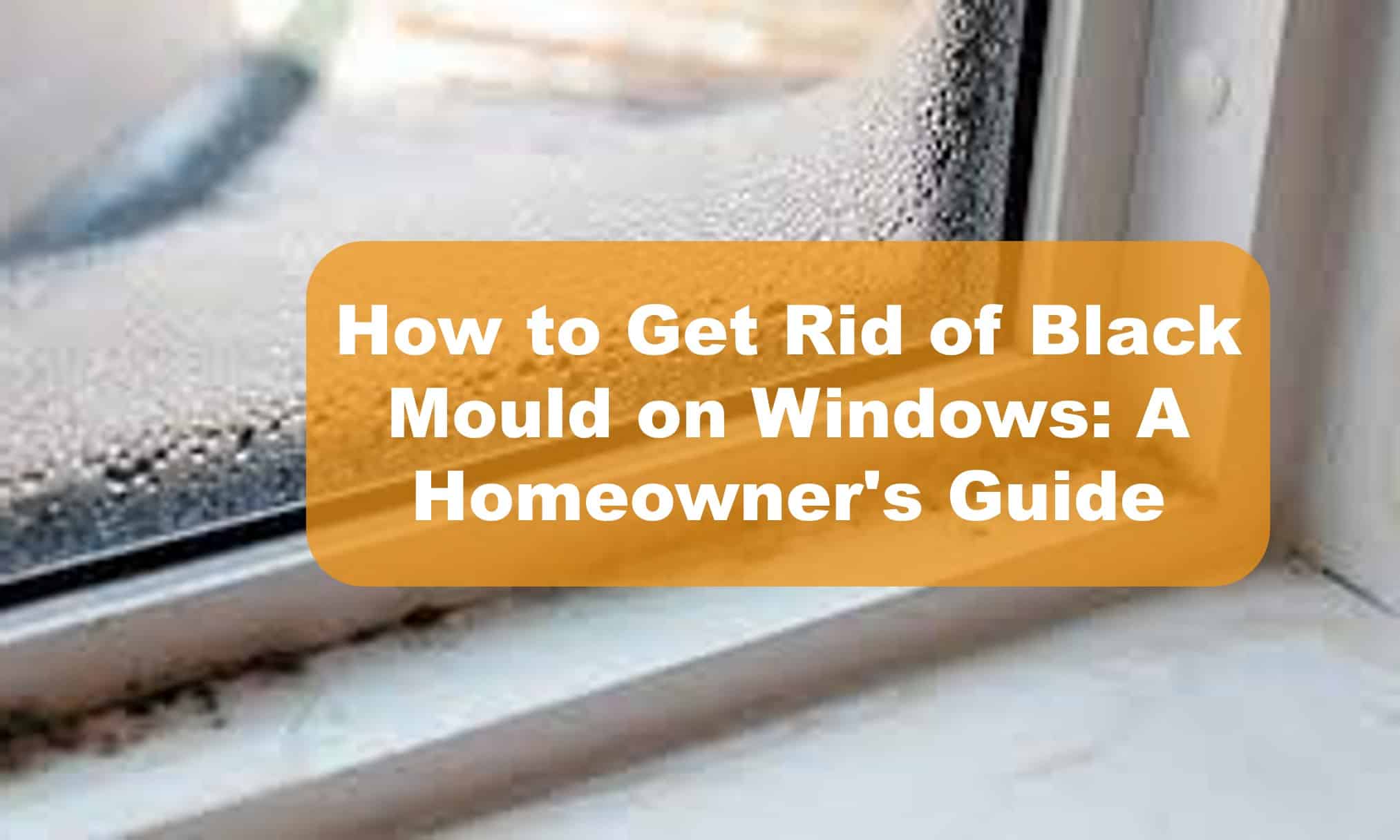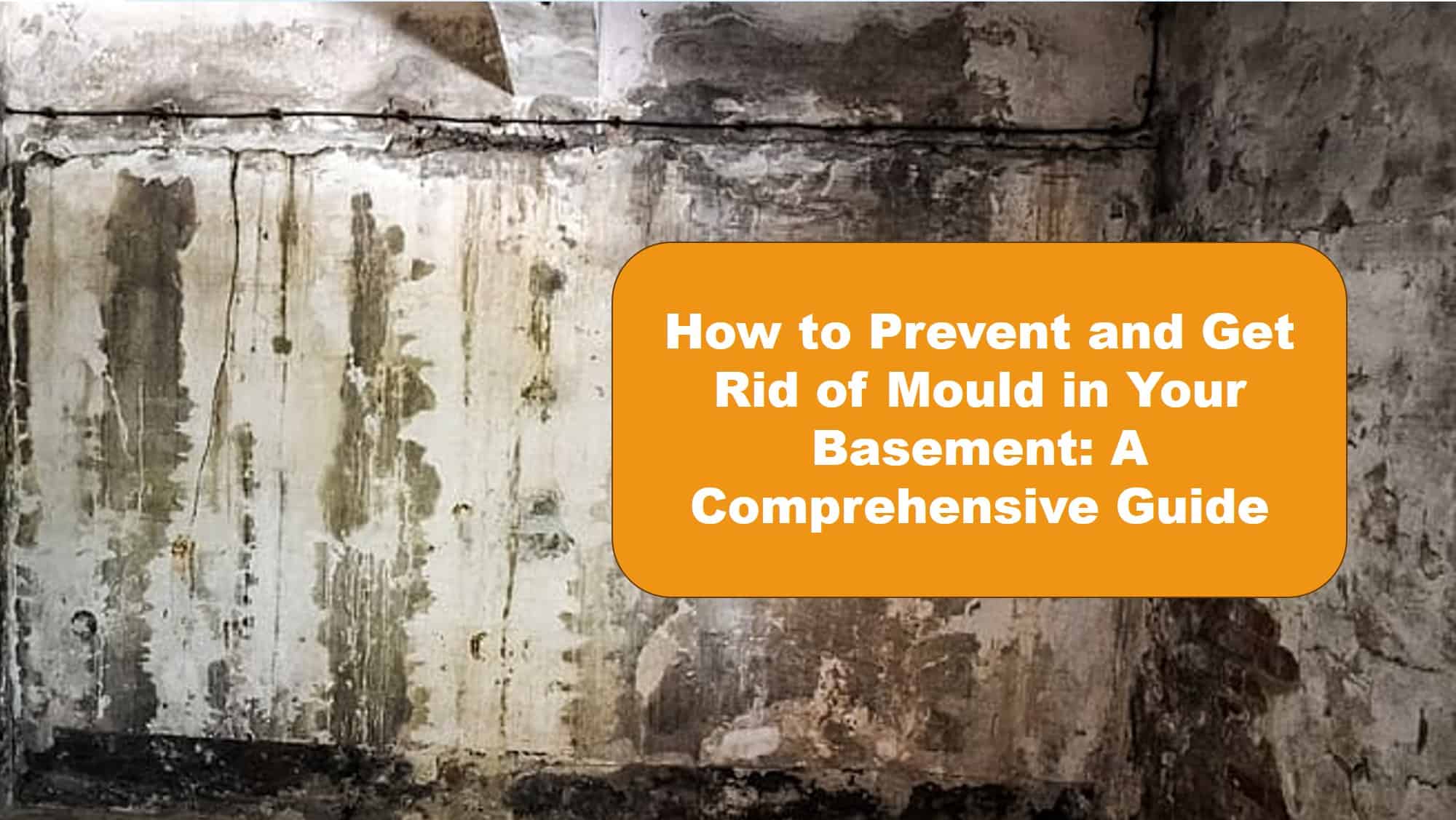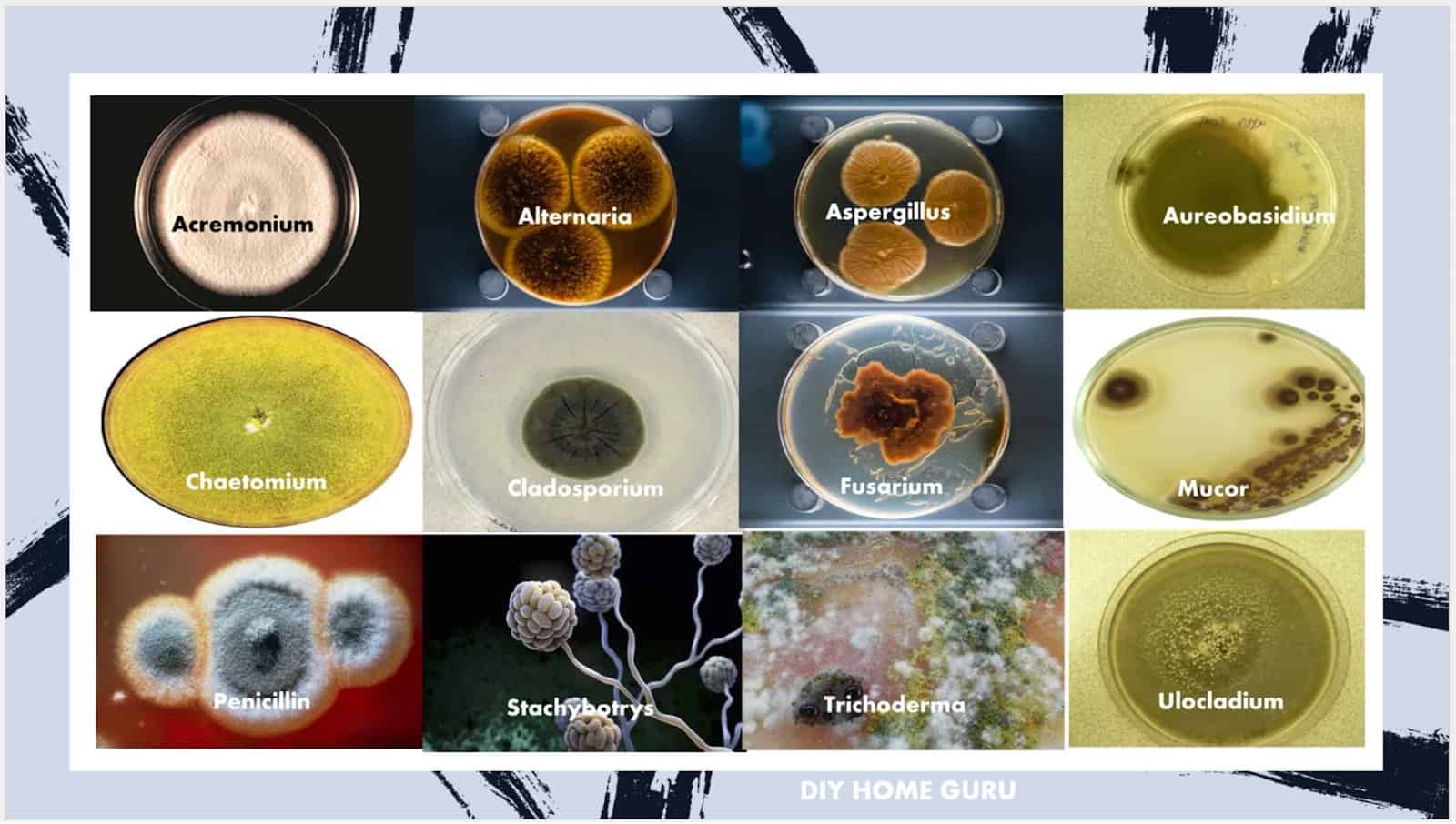This information will probably shock you, most people believe that bleach kills every kind of mold or fungi in the home.
Bleach is a common chemical in household products that consists of a dilute solution of sodium hypochlorite (NaClO) and other secondary ingredients.
You can use bleach to get rid of black mold on all surfaces that are impermeable, however, bleach is not effective on surfaces that are porous in nature because mold sends its roots deep within the pores of organic matter where bleach cannot reach.
You may ask yourself this question many times, how to get rid of black mold with bleach and you would be surprised to find out that bleach does not kill mold on all surfaces.
So, the information given online on most blogs about the effectiveness of bleach is only partially correct.
Bleach is only effective at killing mold on certain surfaces. What surfaces you may ask?
The simple answer is, bleach kill traces of mold on non-porous surfaces, that is surfaces without microholes in them for moisture to linger. These surfaces are impermeable, like on tiles, tubs and faucets.
However, bleach can’t kill mold on porous surfaces because their roots are embedded deep within the micro holes of porous materials – wood products in your home is exceptionally susceptible to mold growth.
Since mold spreads by embedding its roots deep inside porous surfaces bleach is less than effective.
Let us just say that mold, which is part of the fungi family, is very robust. If bleach kills part of the fungi, the root is still there to spring up again or travel to a new location – just like regular weeds outside in your garden or between pavers on your patio that refuses to die.
How to get rid of black mold with bleach: a simple step by step process
If you are determined to use bleach please remember that bleach gives toxic fumes that can be hazardous to your health and that some people are allergic to bleach.
Remember also that bleach is only effective on non-porous surfaces. Using it in your shower on your kitchen faucets can be an effective way how to get rid of black mold with bleach.
Step 1: Preparation
When using bleach do so in a well-ventilated area and wear personal protective equipment like rubber gloves and goggles.
If bleach catches your clothing it will fade the colors therefore it is advised that you wear clothing that was destined for the recycling dumpster.
Read the cleaning instructions of the surfaces that you plan to clean as bleach is not suitable on all surfaces.
Step 2: The mixture
Open your spray bottle; pour in four parts of water, one part bleach and shake to dilute the bleach in the mixture.
Step 3: The Application
Spray the area you want to clean with the solution and then wipe it down with a damp cloth. As the surface on which you will use bleach is non-porous the mold should wipe off easily.
If the mold is heavyset, leave the sprayed bleach and water solution on the non-porous surface for at least an hour before scrubbing with a brush and rinsing thoroughly. Remember to dry the surface after the process because mold loves water.
I have also decided to give you specific instructions on how to clean different surfaces with bleach. I believe that each question deserves its own page. I do hope you agree.
Black mold removal questions
The readers of DIY home guru asked a number of questions, some of which are listed below, that will answer in a future article.
- How to get rid of black mold in the shower
- How to get rid of black mold on walls
- How to get rid of black mold on floor
- How to get rid of black mold on silicone
If you would like to purchase bleach or the needed cleaning cloth for your mini black mold removal project, you may do so through my affiliate link.
I do get a little commission that helps me to pay for the maintenance of this website. Plus it costs you nothing extra. It is a win-win-win situation.
The most effective way to get rid of mold
The most effective way to get rid of mold is prevention. Get rid of all sources of excessive moisture from your home. You may purchase a dehumidifier for your home.
The bathroom is the most likely place for mold to grow. Try opening a window for ventilation.
I know it is difficult to do especially in the colder months of the year. You may be willing to do it and remember to do it by your family members always forgets.
It is in those circumstances that you may consider installing a good extractor fan that turns on with the light switch. You can include a humidity sensor that automatically goes off when the humidity is high.
Can mold survive on non-porous materials?
If mold cannot survive on non-porous materials why does it live there? Mold normally eat the host that it lives on.
So you may be asking yourself the question if mold cannot eat non-porous material why is it living there?
Yes, it is true, mold cannot live on non-porous material but it can live on the dirt and grime accumulates there. If you clean those surfaces regularly it will reduce the growth of mold.
Conclusion
Hope I answered your questions, “How to get rid of black mold with bleach” effectively. Even though bleach is a good cleaning product used to clean most homes in the past.
I am sorry to inform you of the limitation that bleach possesses in fully getting rid of black mold.
Furthermore, bleach has fallen out of favour now, probably because it emits toxic fumes that is hazardous to your health or the fact that some people are allergic to it.
So, remember to follow safety precautions when using bleach products.
You can use a more organic method that kills mold more effectively like Vinegar or baking soda solution.
Read another article.




